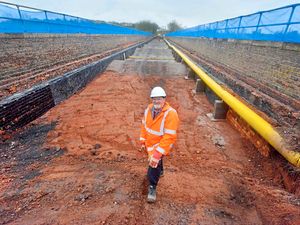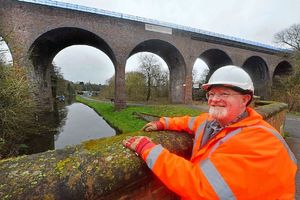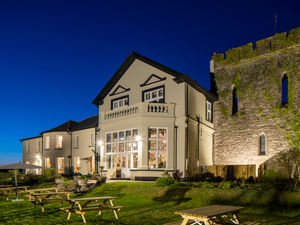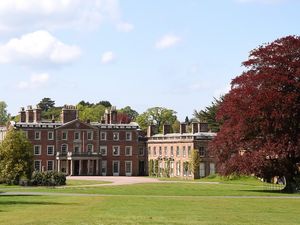Track lifted for work on Severn Valley Railway’s historic viaduct - with video
The Severn Valley Railway has been cut short while vital restoration work is carried out.

Falling Sands Viaduct is one of the landmarks of the heritage line, which attracts hundreds of thousands of people each year.
But it is 142 years old and badly affected by erosion and water damage.
Now the tracks have been lifted as workmen take over the bridge.
It means the line between Kidderminster and Bewdley will remain closed until Easter, although services will continue to run between Bridgnorth and Bewdley.
Nick Yarwood, an infrastructure volunteer for SVR, said work started earlier this month and is progressing well, despite recent wet weather.
He said: “This work is absolutely critical in order for the viaduct to stay in use for years to come.”
The Severn Valley Railway Charitable Trust’s ‘Helping Hands for Falling Sands’ appeal raised more than £397,000 towards the cost of the essential repairs.
This was boosted by more than £850,000 from the National Lottery Heritage Fund.
A donation wall was installed at The Engine House, Highley, showing 3,000 names, and acknowledging every person, organisation and business who donated.
Several events have also been planned for when work is completed, including a canal-side festival in the summer of next year.

The viaduct carries the SVR over the River Stour and the Staffordshire and Worcestershire Canal between Kidderminster and Bewdley.
It was designed by Edward Wilson, engineer to the West Midlands Railway, and was built between 1875 and 1878 by the contractor Charles Dickinson.
After some years of debate, the privately-owned Great Western Railway Company constructed the viaduct.
It opened in 1878 as part of what became known as the Kidderminster ‘loop’.
It has seven arches, is 19.5 metres high and 121 metres long.
When the viaduct opened, it was described by Colonel Rich of the Board of Trade as being ‘one of the most successful of its type’.




